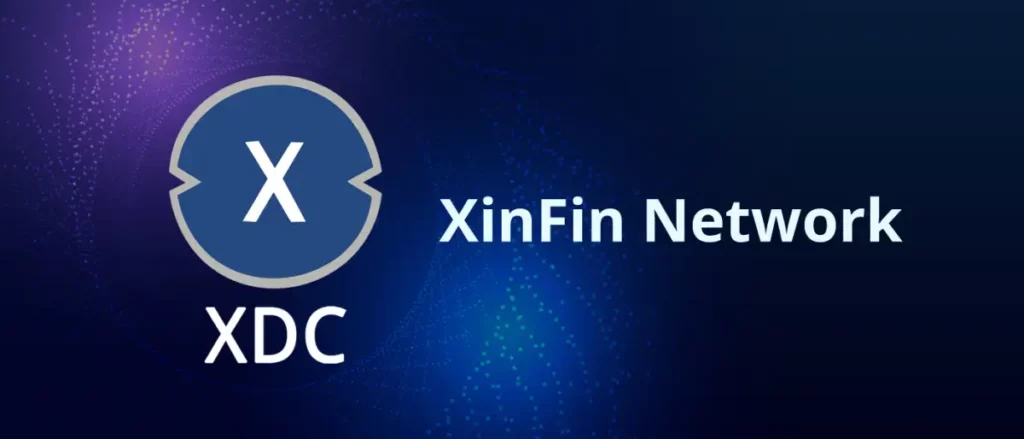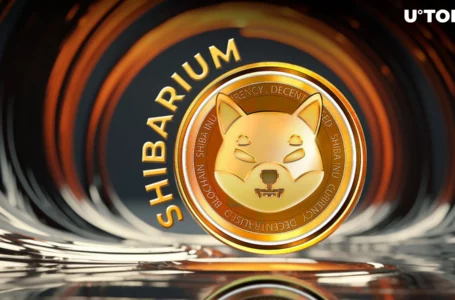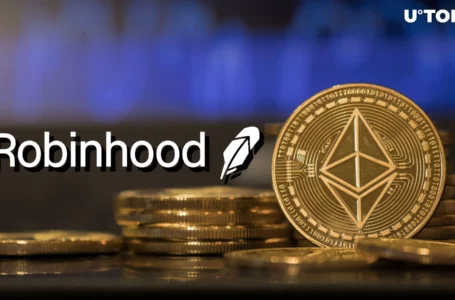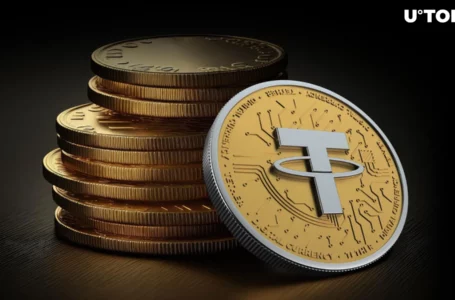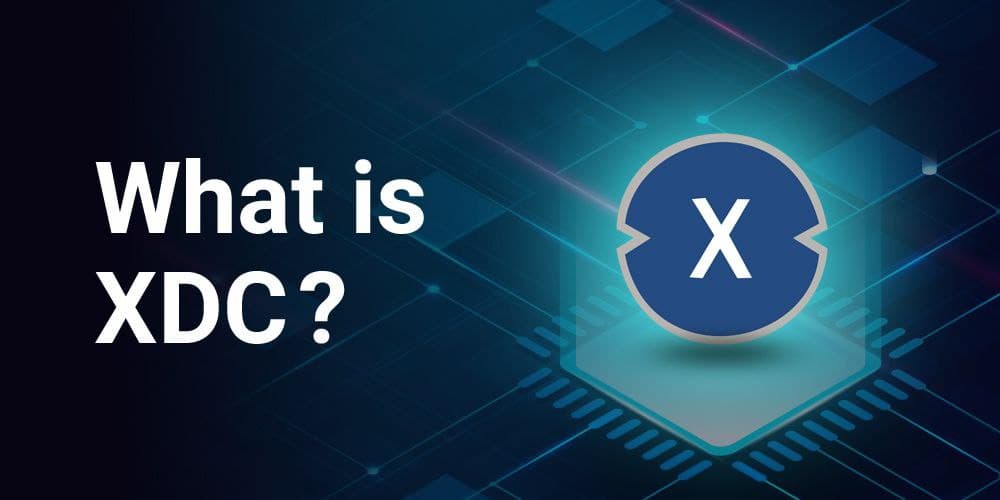
XinFin Network (XDC) provides commercial-grade decentralized services and blockchain architecture. The network combines an open blockchain structure with permissioned smart contracts. This combination of features enables developers to appease regulatory concerns among large financial institutions and leverage the best aspects of varying networks. The final goal of the project is to leverage blockchain technologies to improve inefficiencies found in the trade finance sector.
Notably, XinFin has shown a pioneering spirit since its inception. It was the first firm to join the Global TFD Initiative. Additionally, XinFin graduated from the Abu Dhabi regulatory fintech sandbox which helped streamline the network’s development considerably.
What Problems Does XinFin Network (XDC) Solve?
XinFin reduces technical barriers preventing the integration of decentralized services into the current business models. The network streamlines the process in multiple ways. For one, the protocol is compatible with ISO20022 messaging standards. This approach enables users to integrate XinFin into legacy banking systems, ERPs, and SWIFT systems. XinFin is also compatible with other blockchains making it one of the most flexible enterprise-grade blockchains available.
Developer Restrictions
XinFin’s multi-chain approach provides developers with some additional functionality. They can create and deploy multi-chain interoperable Smart Contracts. The platform introduces Hybrid Relay Bridges to the equation to further improve cross-chain communication.
Benefits of XinFin Network (XDC)
XinFin Network (XDC) brings a lot of benefits to the table. For one, the network provides large institutions with a regulatory approved and KYC integrated network to conduct decentralized operations. The network is open source. As such, the community has had time to vet the platform’s smart contract coding.
Scalable
XinFin provides users with instant block finality and settlement of trade transactions. Impressively, developers clocked XinFin at 2000 TPS (transactions per second). The blockchain leverages a Delegated-Proof-Of-Stake (DPoS) hybrid to achieve high performance and 2-second block times.
Energy Efficient
This system improves scalability and reduces energy consumption compared to earlier Proof-of-stake and Proof-of-Work networks. In the Bitcoin network, miners must compete against each other using brute computational force. This requirement drives energy consumption.

XinFin’s reduced energy consumption stems from the fact that PoS systems eliminate miners from the equation. Instead, XinFin stakers and Validators keep the blockchain secure. Consequently, XinFin requires 1/10 of the energy needed to secure Ethereum based PoW mining operations.
How Does XinFin Network (XDC) Work
Singapore-based XinFin combines the advantages of public and private blockchains with a focus on the trade finance space. The network’s primary market is institutional investment firms seeking to incorporate asset tokenization into their business model. The network introduces a proprietary hybrid blockchain architecture that improves liquidity management for these large investors.
Developers
XinFin Network (XDC) encompasses a large development community. The network has individual community contributors, Dapp developers, and much more. Developers can sell their Dapps using the network’s market. Additionally, there are a variety of tools designed to create a development environment that is efficient and creative.
Decentralized Oracle
Anyone can set up a decentralized oracle network on XinFin. Oracles are off-chain sensors that can communicate data to and from blockchain networks. They are one of the biggest developments in the market because they enable blockchains to expand their use case scenarios dramatically. XinFin provides step-by-step directions to guide you through the entire oracle creation process.
XinFin Network (XDC) Cross-Chain Swap
XinFin will soon support cross-chain swaps. The developers announced in a Tweet this month collaboration with @mywishplatform to make the concept a reality. Interestingly, the services are only available to valid community members holding XDCE.
Institution
The Institutional sector of XinFin is a critical component of the network. It includes the infrastructure such as the staking mechanisms. This level is where you find private networks built on the XinFin blockchain as well. It also includes partnered networks.
Consensus
The developers introduced a new form of consensus called XinFin Delegated Proof-of-Stake (XDPoS). This mechanism is more energy and computationally efficient when compared to the original DPoS concept. The system provides high performance by leveraging a unique stakeholder approval voting protocol to resolve consensus issues quickly.
Validators
To become a Validator on the XinFin network you need to lock 10 million XDC tokens. This requirement ensures that only those significantly invested in the network handle vital network tasks. This financial requirement goes with the need to attach KYC information to your node.
Validators must validate and convert transactions created by producers into legitimate blocks. Once accumulated, they need to broadcast these blocks throughout the Hybrid Blockchain network. It’s vital that Validators maintain high uptime. Those nodes that fail to do so can receive penalties. If the node continues to provide subpar services or incorrect information, the network removes it.
XinFin Network (XDC) – KYC Masternodes
KYC Masternodes enables XinFin to provide regulatory-compliant services to the market. These nodes host and conduct KYC protocols to meet the needs of the network and its sub-chains. KYC (know your customer) regulation is standard in most parts of the world. XinFin developers and clients can integrate KYC with ease using these Masternodes.
XDC
The XDC utility token enables developers to execute smart contracts and interact with the network’s features. It can also serve as a fast cryptocurrency that provides frictionless cross-border transactions. XDC is also how XinFin Validators receive rewards. Interestingly, XDC is used as a settlement coin inside the Corda network as well.
XDCE
XinFin incorporates a dual token strategy to increase liquidity and functionality. XDCE is an ERC-20 version of XDC. This approach enables XinFin to enjoy interoperability within Ethereum’s massive DeFi ecosystem.
XDC Wallet
The XDC wallet provides users with a free and secure way to store their tokens. This wallet was built to simplify blockchain adoption. Anyone can download, set up, and use this wallet regardless of their technical understanding.
Bottom Line
XinFin’s developers did their homework as their network is ideally suited to fulfill the needs of large enterprise clientele. This niche market is one of the fastest-growing in the blockchain sector. As such, XinFin should see more adoption as more businesses and firms become aware of its flexibility and scalability.
